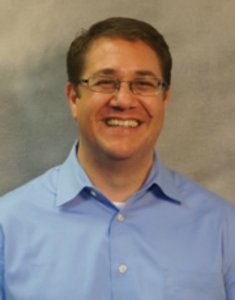Presented By: Department of Psychology
Developmental / CPEP Talk - The Ratio Processing System (RPS) as a Foundation for Symbolic Fractions Understanding: A Case Study in Educational Neuroscience
Dr. Edward M. Hubbard, University of Wisconsin-Madison, Departments of Educational Psychology, Neuroscience Training Program and Waisman Center

Educational Neuroscience is an emerging field that brings together insights from developmental psychology, neuroscience and education to better understand the biological basis of school-relevant skills and how educational experiences drive brain plasticity. In this talk, I will describe our work on children’s acquisition of fractions as a case study in educational neuroscience. I will argue for a cognitive primitives account of fractions learning that integrates previously disparate findings from multiple disciplines. We propose that fractions knowledge builds on a “ratio processing system” (RPS) that allows us to perceive non-symbolic ratios—such as the relative length of two lines—even prior to formal fractions instruction. I will describe recent results from our cross-sequential study of children’s acquisition of fractions. We are longitudinally tracking two cohorts of children: 2nd graders (minimal fractions instruction), and 5th graders (extensive fractions instruction) for four years using a combination of standardized assessments, cognitive measures and brain imaging. We have previously shown that adults’ non-symbolic RPS sensitivity correlates with formal math skills, and find similar patterns in 5th, but not 2nd graders. We have also shown that children as young as 2nd grade can accurately compare fractions and nonsymbolic ratios, providing behavioral evidence for the RPS as young as age 8. In adults, this same task leads to increased activation in shared regions of parietal cortex for symbolic fractions and nonsymbolic ratios. In 2nd graders, consistent with the RPS account, neural specialization is limited to non-symbolic ratios, while in 5th graders, emerging specializations for symbolic fractions partially overlap with non-symbolic RPS processing. These results demonstrate the value of a cross-disciplinary approach rather than focusing on one discipline in isolation. For example, our results suggest that fractions instruction should attempt to more directly tap into nonsymbolic ratio understanding, and screening for math learning difficulties should include RPS measures.